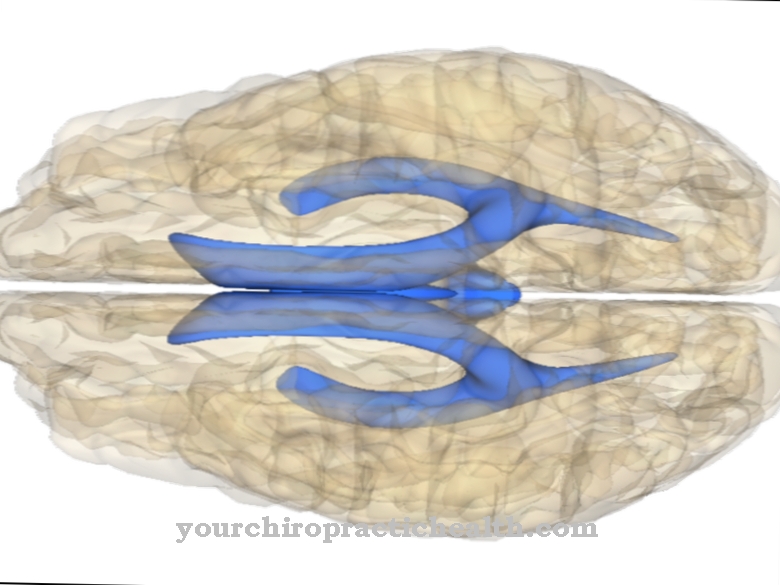Our skin is the largest organ in our body and vital. The Dermis is one of the layers of the skin in our body, which is located between the lower and upper skin. In technical language, it becomes Dermis or Corium called. The name dermis derives from the fact that leather can be made from this skin layer when it is tanned. It fulfills numerous important functions in our body.
What is the dermis?

Every vertebrate has a dermis in its skin layers. It is located between the sub- and epidermis, where it is firmly connected to the epidermis and supplies it with nutrients. Their connective tissue fibers consist mainly of collagen and are therefore very tear-resistant, but at the same time extremely elastic. This structure creates a high deformability of the dermis, which is why the dermis is often used by animals, e.g. Making clothes.
The dermis is also responsible for nourishing the epidermis, as it has no blood vessels itself. It contains most of the hair roots, as well as sebum and sweat glands, as well as sensory receptors and the sense of touch. Blood vessels and lymph vessels as well as important cells for immune defense are also located in the dermis. The smooth muscles in the dermis are primarily responsible for regulating body temperature.
Anatomy & structure
Our skin is built up in several layers, one of which is the dermis. This in turn also consists of two layers, the so-called papillary layer (papillary layer) and network layer. The papillary layer is firmly connected to the epidermis via the so-called papillae, which is what makes our skin tear resistant.
In the papillae there are small blood vessels that supply the epidermis with the necessary nutrients. The papillae are also largely responsible for regulating the body's temperature. In the papillary layer there is also our sense of touch, the feeling for warmth and cold, as well as a number of different cells.
The network layer got its name from the fact that it consists of dense collagen fibers that are connected to one another like a network. In interaction with the papillary layer, this results in our elastic skin, which is very important for our body.
Function & tasks

The dermis performs a number of different functions in our body. A very important task in general is to guarantee the very stable, tear-resistant and extremely elastic skin. These properties represent an important protection for our skin and thus for the entire body. The stability and other properties of our skin are ensured by the structure of the dermis, made up of papillary and reticulate layers and their direct connection to the epidermis.
Another important task is regulating body temperature. This takes place via the papillae in the papillary layer of the dermis. When it is hot, they expand and give off heat, when it is cold they contract and thus store body temperature. This means that the body temperature is always balanced. When it is hot, the sweat glands are also activated to cool the body. If this temperature equalization did not take place, our body could overheat or overcool much more quickly.
Home remedies ↵ for dry skin The dermis is also responsible for supplying the epidermis. Since the epidermis itself is not supplied with blood, it receives all the nutrients from the dermis. This is made possible by the connections between the epidermis and the papillae of the dermis.
In addition, the dermis is an important part of our body's immune system. It is significantly involved in the defense reactions of our body against various pathogens and therefore important for fighting and warding off diseases.
You can find your medication here
➔ Medicines against redness and eczemaIllnesses & ailments
The dermis can of course be affected by various diseases or cause other problems. There are various visible changes in the dermis, most of which are caused by a disease. This is mostly a discoloration of the dermis. In the case of vitreous bone disease, the dermis appears e.g. bluish-transparent, but iron deposits due to diseases can also be visible in the dermis.
The natural aging of the skin is also often visible in the dermis. If the thickness of the dermis decreases in the course of life, black-blue spots that are almost rectangular can form there. Lipid deposits are also common.
There are also autoimmune diseases that show up in the dermis. This can lead to discoloration, dry skin, itching and hardening.
The dermis is also very often affected by bacterial infections of the skin. If so, scarring is very likely on exposed skin. If only the epidermis is affected, wounds usually heal without scars.

























.jpg)

.jpg)
